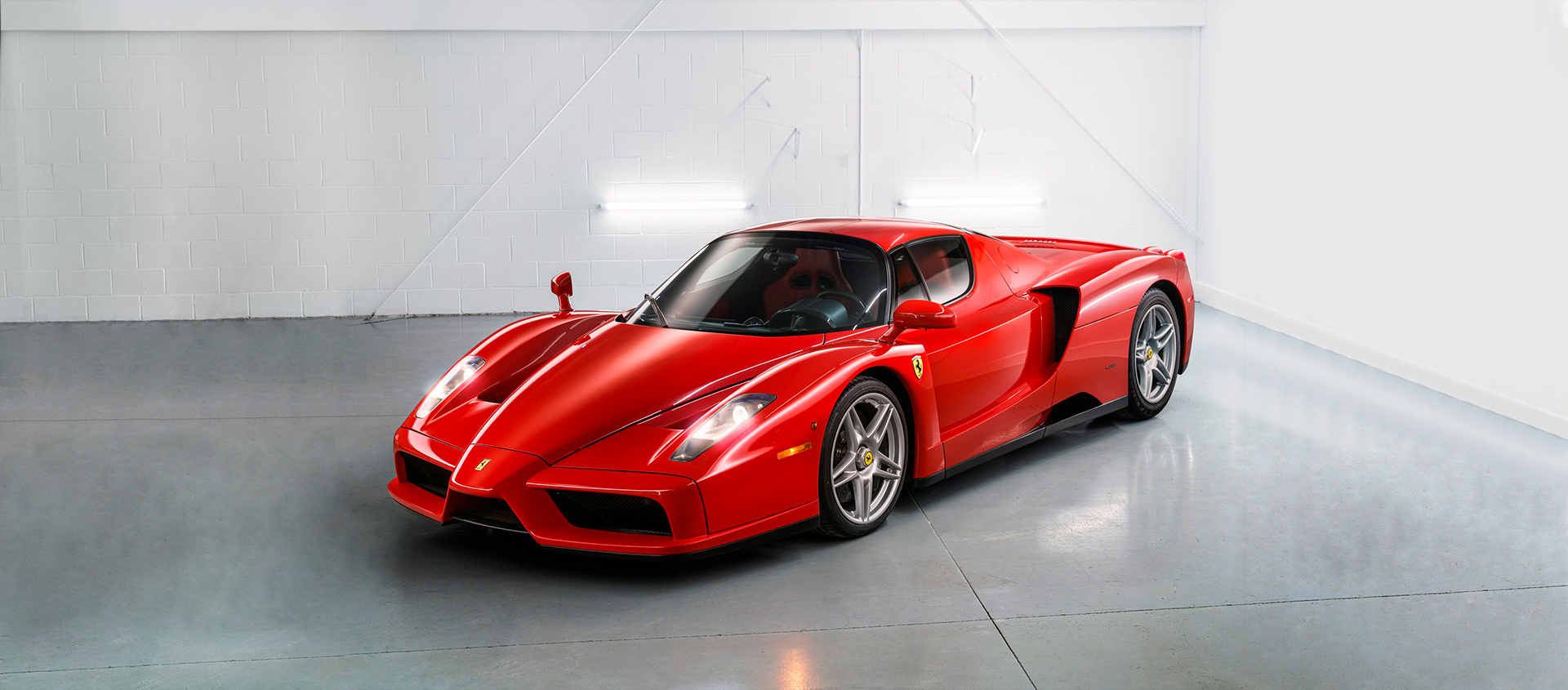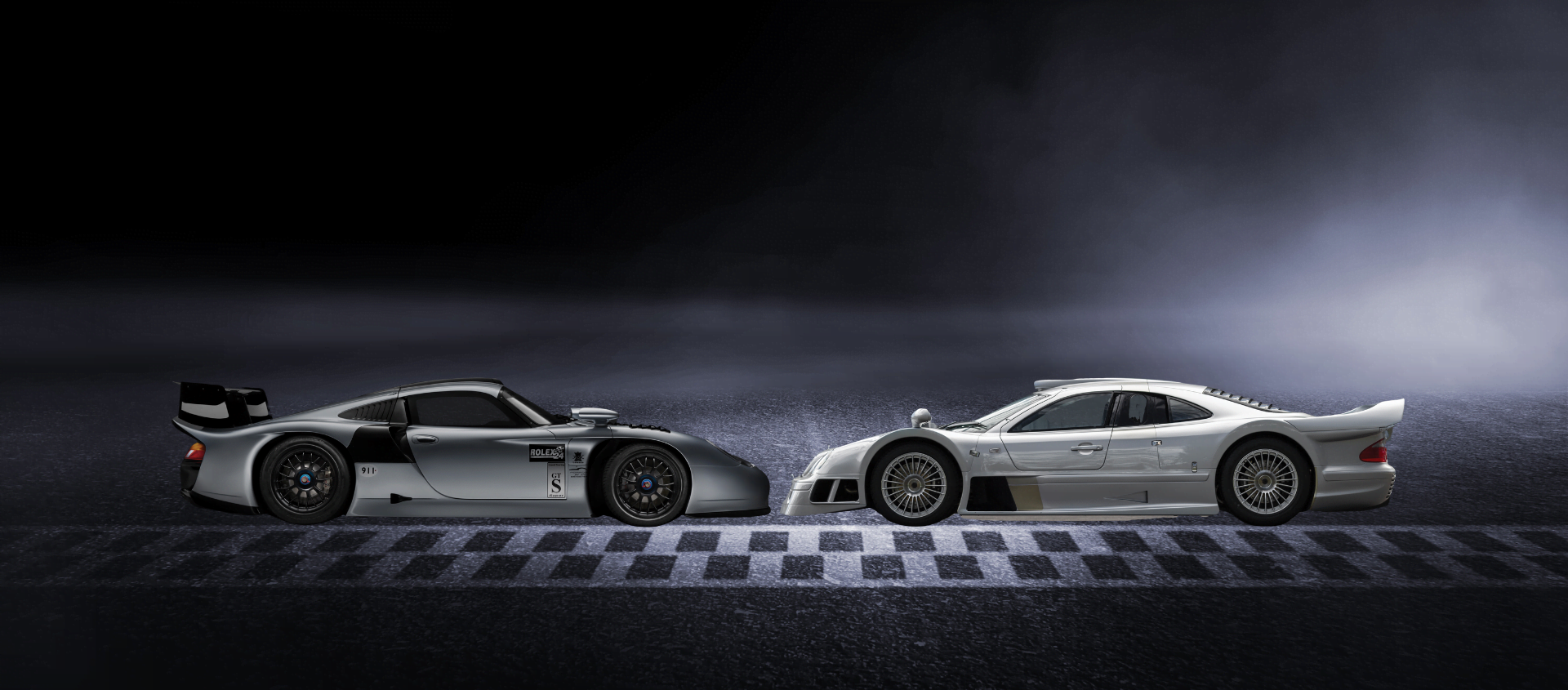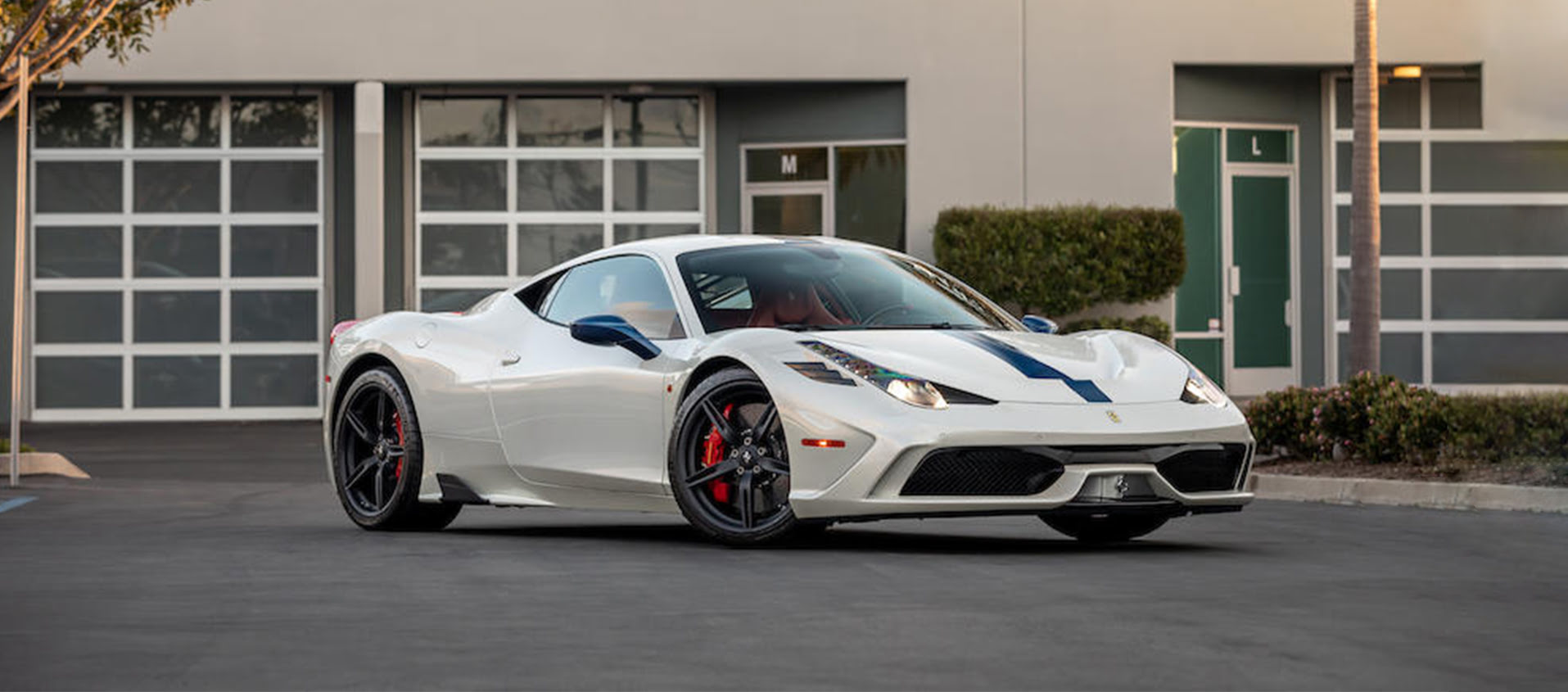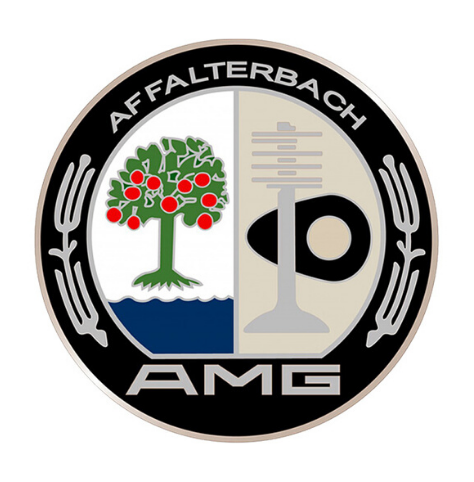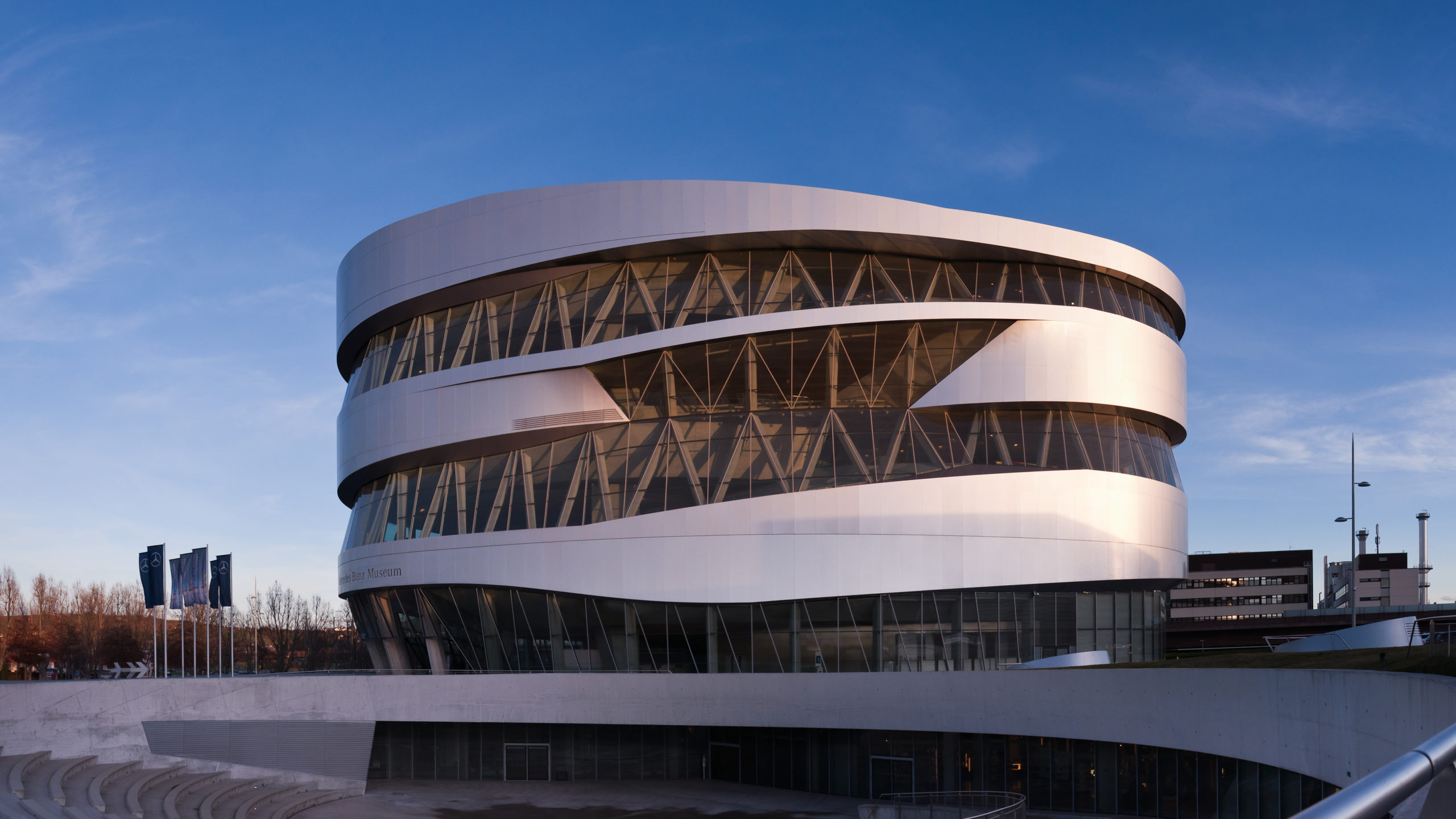AMG: The ugly duckling becomes a mighty swan
19 July 2020 2 min read 6 images

The image of excellence that envelops the sports models of Mercedes, BMW and Audi was by and large created in the departments dedicated to building high-performance road cars. A marketing idea that also stimulates quality, which came about almost entirely by chance. We begin this story with AMG. Later on, we’ll cover BMW M and Audi Sport.
Register to unlock this article
Signing up is free and gives you access to hundreds of articles and additional benefits. See what’s included in your free membership. See what's included in your free membership.
Already have an account? Log In
